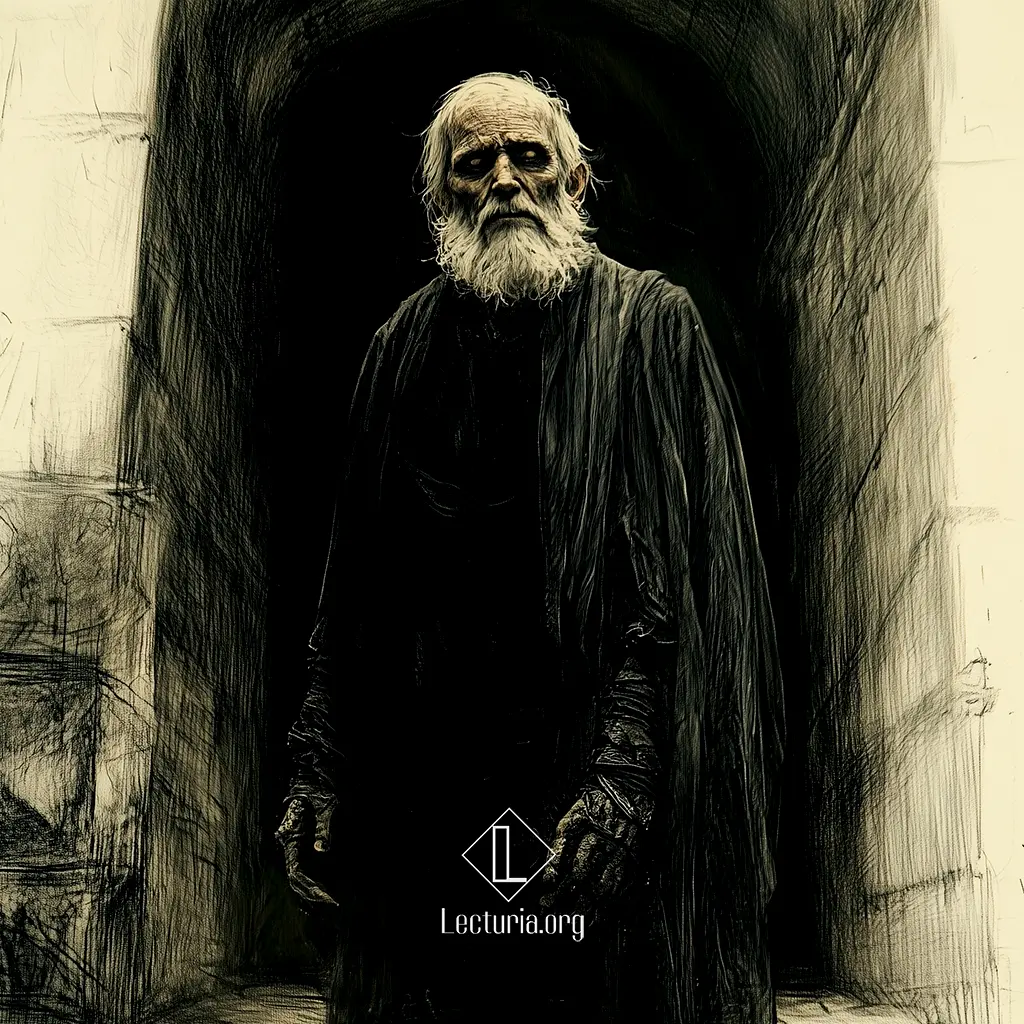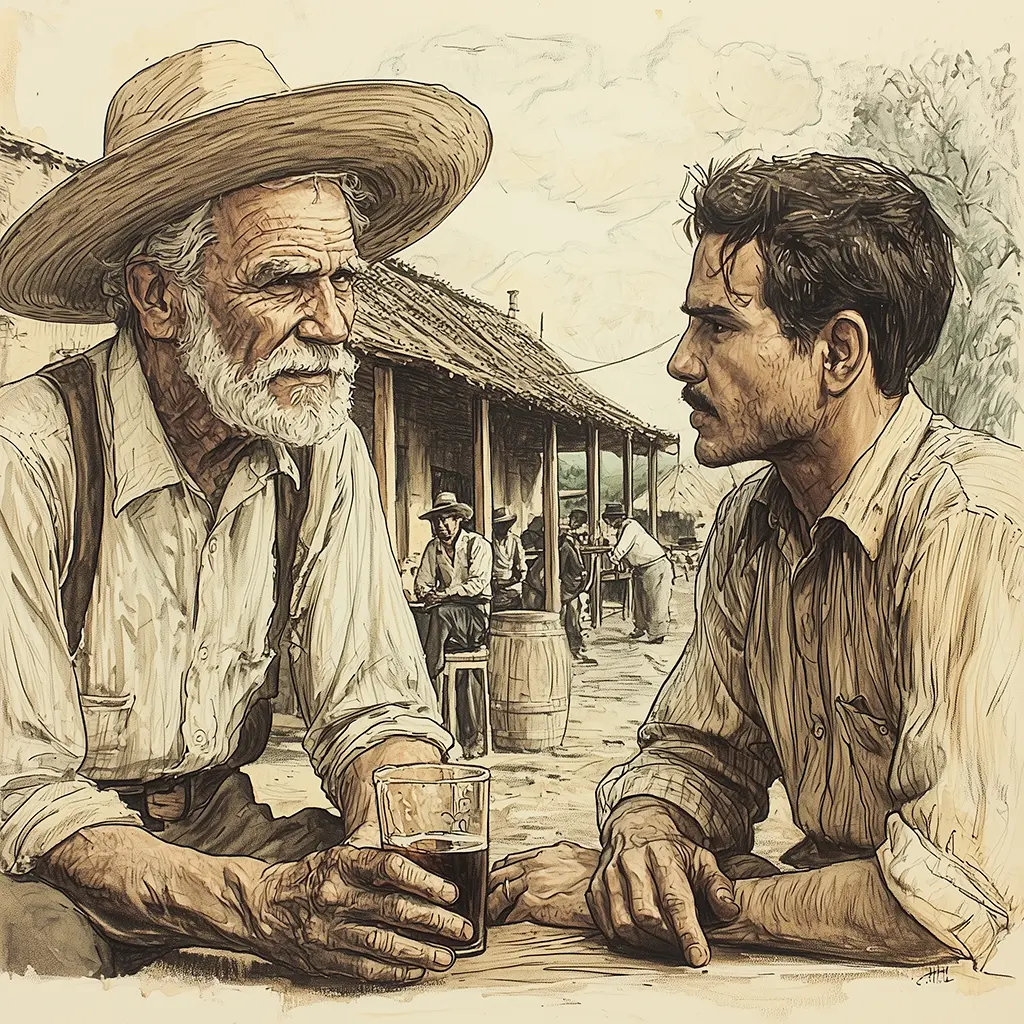Horacio Quiroga: Juan Darién. Summary and analysis
In a remote jungle village, a widowed mother finds an orphaned tiger cub and, moved by compassion, nurses it as if it were her child. Thanks to the intervention of a wise snake, the tiger takes on human form and is raised as a boy under the name Juan Darién. For years, he has lived as a noble and studious human being, although his peers reject him because of his appearance and uncertain origins. When his mother dies, he is left alone and vulnerable. An inspector suspects his animal nature and exposes him publicly, unleashing the townspeople’s hatred. Juan Darién is brutally tortured and burned until his body reveals tiger stripes during a festival. Believed dead, he takes refuge in the jungle, where he survives. Having become a wild beast once again, he returns to take revenge on the tamer who led his punishment. After executing the guilty man, he visits his mother’s grave and renounces his human name to assume his animal identity. The story ends with his final return to the jungle, accompanied by other tigers, after carving his name on his mother’s cross as a last act of remembrance and farewell.





